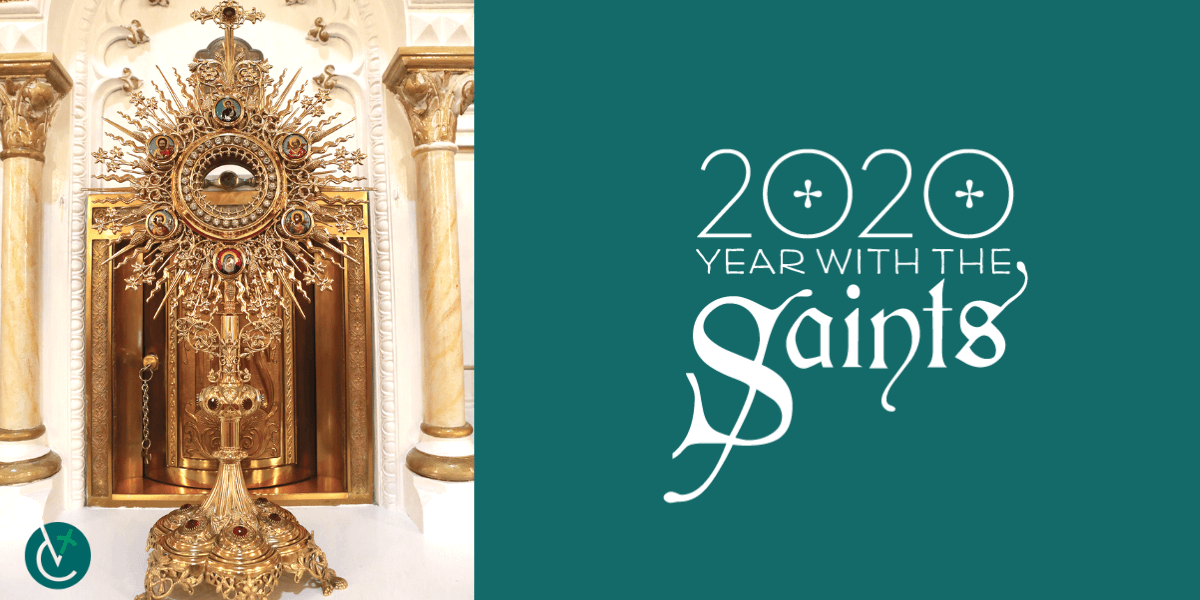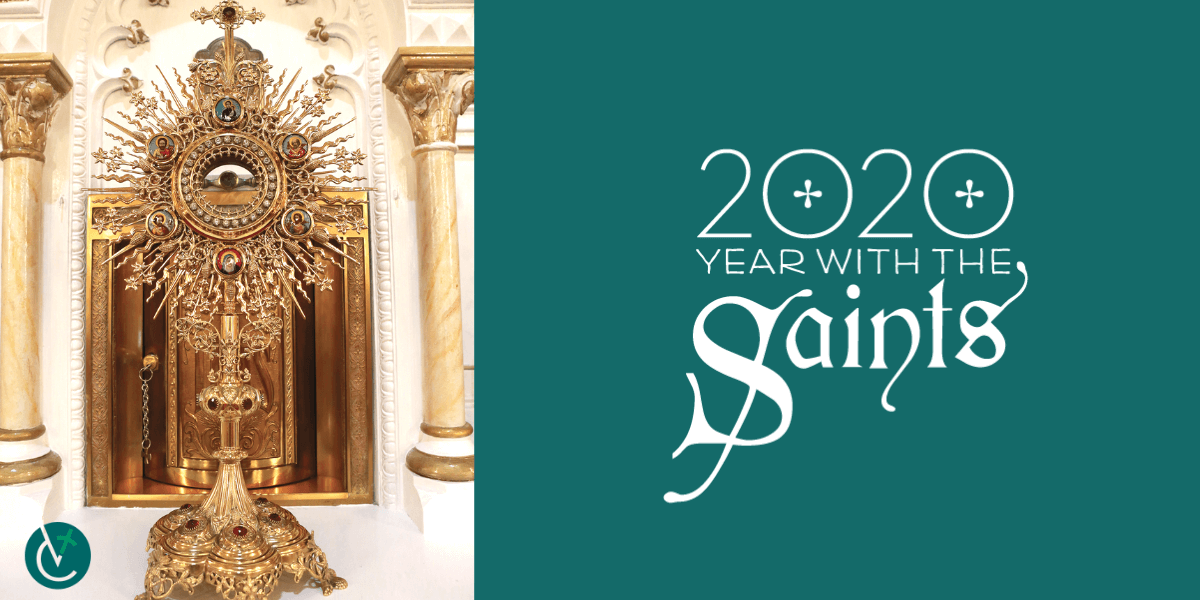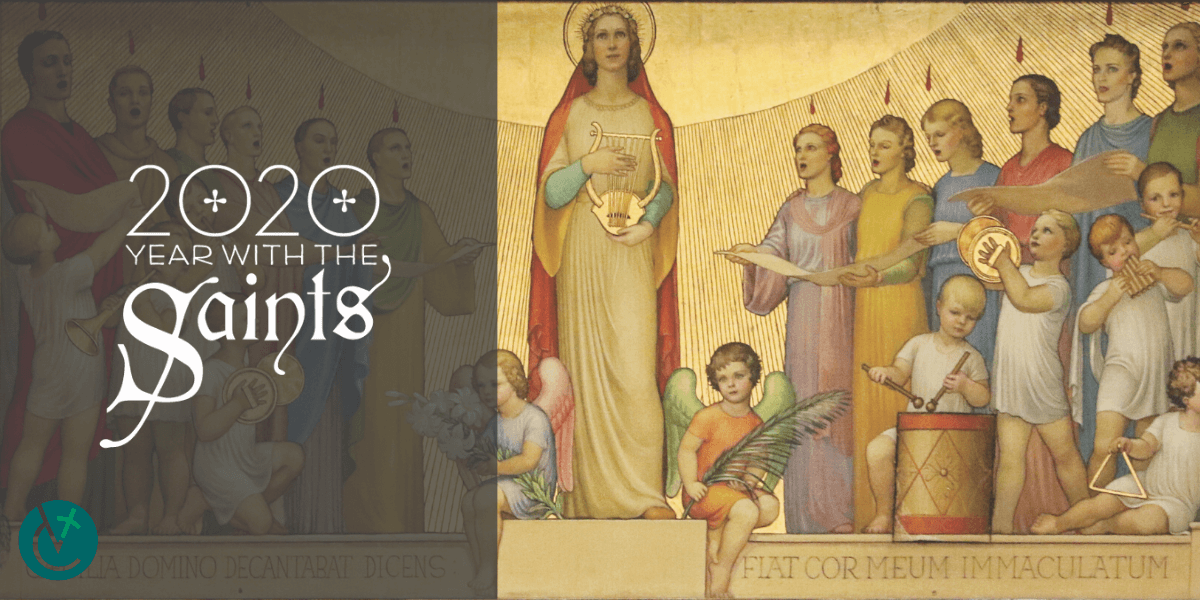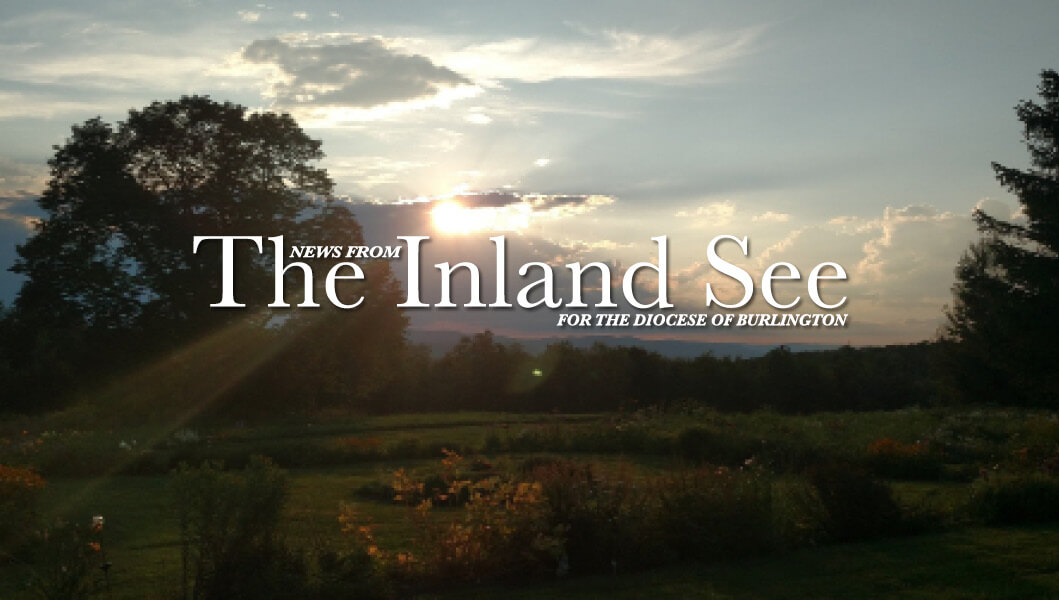Who was St. Mungo?
Employees of the Diocese of Burlington and Vermont Catholic Charities Inc. at the Bishop Brady Center in South Burlington learned about him as the Year with the Saints got underway in January.
St. Mungo, also known as St. Kentigern, lived from 528 to 614. He is the patron saint and founder of Glasgow, Scotland.
The diocesan center’s Fun Committee is highlighting one saint a month. “This is a good way for staff to learn about different saints they may not be familiar with,” said Kathy Cawley, Vermont Catholic Charities billing specialist and member of the committee.
Burlington Bishop Christopher Coyne hopes that during this special year people will become familiar with the great stories of the saints and come to a greater understanding of their own call to sainthood.
St. Mungo’s feast is celebrated on Jan. 13, and on that day, staff members found on their desk the story of St. Mungo and a package of Scottish shortbread cookies.
“Staff were not only excited about cookies on their desk but most did not know anything about St. Mungo and the miracles he performed,” Cawley said.
This is just one way people in the Diocese are celebrating the Year with the Saints.
Bishop Coyne hopes that Catholic schools, religious education programs and parishes will make an effort to engage with the life of a saint each week according to the liturgical calendar.
Parishes also are planning events to commemorate the special year. For example, the Essex Catholic Community is sponsoring a series on the saints, begun with the encouragement of Bishop Coyne.
“I see it as a yearlong series,” said Edmundite Father Charles Ranges, pastor. The first three presentations were schedule to be on St. Theresa and those on the road to sainthood Black Elk and Brother Joseph Dutton of Stowe. Other presentations are being planned, perhaps on St. Joan of Arc, St. Edmund of Canterbury, St. Dismas, St. Gianna and first Bishop of Vermont Louis DeGoesbriand.
“We have saints in the Catholic Church because he all need people to inspire us to holiness,” Father Ranges said. “The saints give us the right example for Christian living, and we can call upon them to pray for our special needs.”
In addition to in-person presentations, Vermont Catholic staff will make available in print and online information on saints for whom Vermont churches are named. Alayna Masker, communication coordinator, and Mary-Margaret Carroll, art director, are working on the project. “We want to draw a connection between the saints and parishes, people and events in the Diocese. One way we do this is by looking at artwork and relics as well as celebrations or devotional practices in honor of the saint and feast day,” Masker said. “Our focus isn’t necessarily on the saint but more so how the parish celebrates their saint and the saint’s feast day.”
For example, she noted that Maternity of the Blessed Virgin Mary in Springfield has a strong devotion to Mary and celebrates three of the Marian feast days with 40 Hour Eucharistic Adoration.
“As we make visits to the parishes we continue to be impressed with the dedication, knowledge and enthusiasm of the parish staff. They have been very hospitable, excited to be participating in our project and have such unique stories to tell about their churches and patron saints,” Carroll said.
In the five years that Bishop Coyne has been bishop of Burlington, the Diocese has dedicated different years to a particular pastoral theme such as creation and discipleship. So for 2020, as the work of promoting the cause of first Bishop of Burlington Louis deGoesbriand for sainthood is underway, he consulted with diocesan pastoral staff and decided this would be a good year to focus on the stories of the saints.
Since he became a bishop, Bishop Coyne has sought to follow St. Francis de Sales who said, “Never be in a hurry; do everything quietly and in a calm spirit. Do not lose your inner peace for anything whatsoever, even if your whole world seems upset.”
Another quote from the saint that Bishop Coyne appreciates is: “Have patience with all things, but chiefly have patience with yourself. Do not lose courage in considering your own imperfections, but instantly set about remedying them — every day begin the task anew.”
Do you have a favorite saint? Tell us about that devotion at amasker@vermntcatholic.org.
—Originally published in the Spring 2020 issue of Vermont Catholic magazine.




